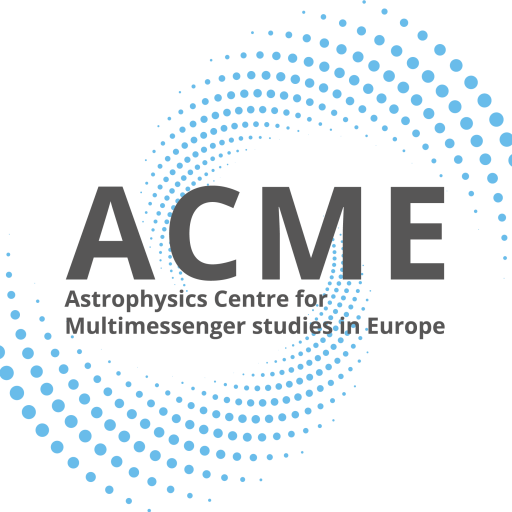SRON is the Dutch national expertise institute for scientific space research. Our scientific focus points are low- and high-energy astrophysics, exoplanets and studies of the Earth’s atmosphere. In these scientific areas, we develop detection technologies and provide instruments and parts for ESA, NASA, and JAXA missions. As a national expertise institute, we stimulate collaboration between the science community, technological institutes, and industry. SRON has locations in Leiden and Groningen.
Main contact for TNA call: Jelle de Plaa
Available expertise
For the ACME visitor program, we offer expertise in X-ray astrophysics, especially in high-resolution X-ray spectroscopy. The high-energy astrophysics group has a long history in spectral modeling in X-rays and contributing to X-ray missions like XMM-Newton, Chandra, XRISM, and NewATHENA.
We aim to derive the best scientific results from X-ray spectra using our knowledge of the instruments and the physics of hot plasmas and dust. Having close connections with our instrument scientists and engineers helps us to understand instrumental issues which are sometimes overlooked. With our calibration expertise, we can make sure that the measurements are as accurate as possible.
SRON has a long history in developing models for X-ray emission and absorption. We have built models for thermal plasmas for stars and clusters of galaxies, non-equilibrium plasmas for supernova remnants, photo-ionized plasmas found in outflows from accretion disks around black holes, dust absorption in the ISM, and charge exchange on the interface between hot and cool gas. These models can be found in our SPEX software.
Available tools
The SPEX X-ray spectral fitting package is a software tool to fit X-ray spectra. It has been optimized for high-resolution spectroscopy and is very useful for grating spectra from XMM-Newton RGS, Chandra LETG/HETG, and micro-calorimeter spectra from Hitomi Resolve.
The development of spectral models began already in 1972 by Rolf Mewe, which lead to the MEKAL model in the 1980’s. From the 1990’s, Jelle Kaastra started developing a spectral fitting code in Fortran, which has been continuously expanded and maintained. SPEX contains a wide range of spectral models, which makes it ideal for fitting X-ray spectra from any astrophysical source, observed by any X-ray observatory. More recently, a Python interface was developed for the SPEX program, which makes it easier to script and include in Jupyter notebooks.
The main advantage of SPEX is that most of the plasma models use the same atomic database and the same routines calculating the spectral processes, making it consistent across models.
Involved scientists





